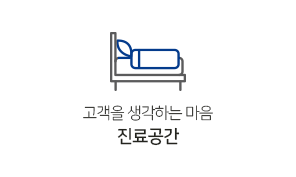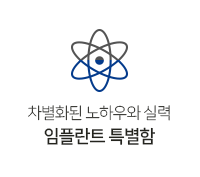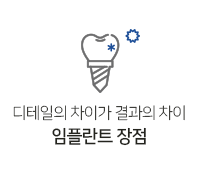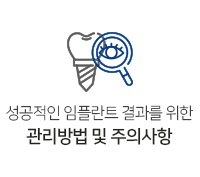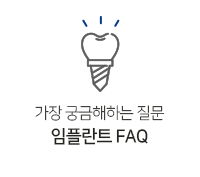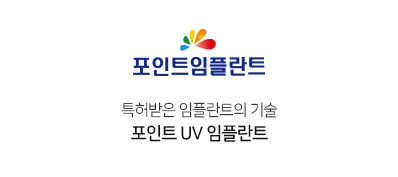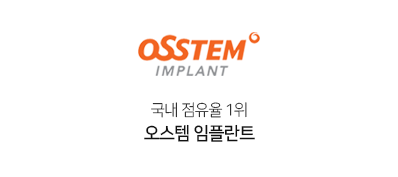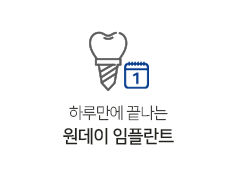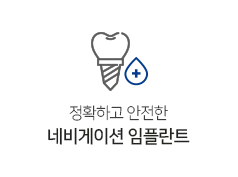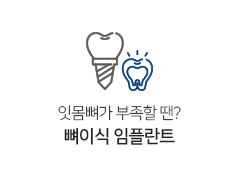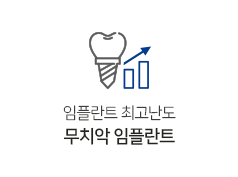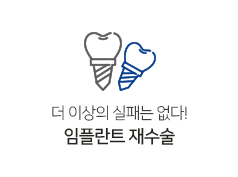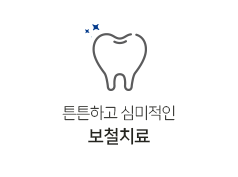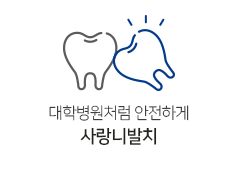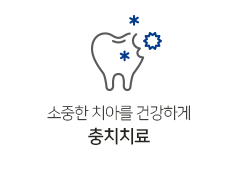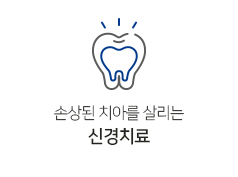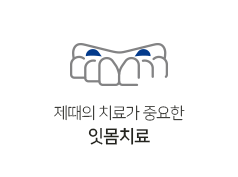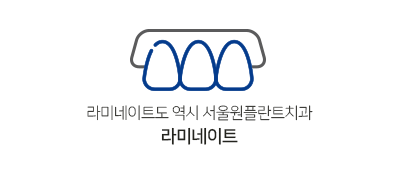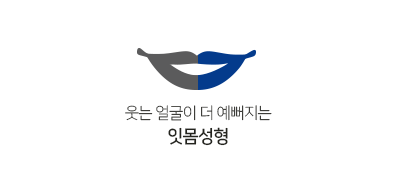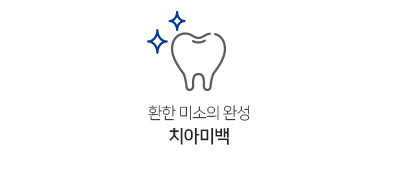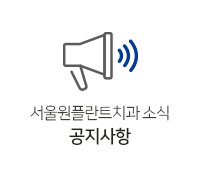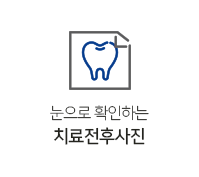Title: Flawless Maintaining Healthy Natural Hair for Beginners
페이지 정보
작성자 Kandis 댓글 0건 조회 11회 작성일 24-10-21 02:21본문
Understanding Your Curl Type:
Before you start selecting products for your curls, it’s essential to understand your curl type. Curly hair comes in various textures, from loose waves to tightly coiled spirals. Frequently referenced as Type 2 (wavy), Type 3 (curly), and Type 4 (coily/kinky), identifying your curl pattern is fundamental in determining the most effective products for your specific hair needs.
Tips to Improve Hair Elasticity:
1. Deep conditioning treatments: To restore moisture and improve elasticity, incorporate deep conditioning treatments into your hair care routine. Look for products that contain keratin, collagen, or natural oils such as coconut oil, argan oil, or shea butter.
2. Protein treatments: Adding protein-rich treatments to your hair care regimen can help strengthen the hair shaft, increasing elasticity and reducing breakage. Try incorporating protein masks or treatments once a week.
3. Heat protection: Before using hot styling tools, always apply a heat protectant spray or serum to shield your hair from heat damage.
4. Gentle handling: Be gentle when detangling wet hair to prevent stretching and breakage. Use a wide-tooth comb or a brush specifically designed for wet hair to minimize damage.
5. Regular trims: Regular trims are essential for maintaining healthy hair and preventing split ends. Aim to trim your hair every 6-8 weeks to remove damaged ends and promote healthy hair growth.
6. Protective styles: Avoid styles that pull or strain your hair, such as tight ponytails or braids. Opt for protective styles like buns, twists, or loose braids to minimize stress on the hair shaft.
Furthermore, it is essential to follow proper hair care practices both during and after a keratin treatment to maintain the results and keep the hair healthy. This includes using sulfate-free shampoos and conditioners, avoiding excessive heat styling, and minimizing exposure to chlorine and saltwater.
Consult a Professional:
If you’re feeling overwhelmed or confused about choosing the right products for your curls, consider consulting a professional hairstylist who specializes in curly hair. They can provide valuable insights, recommend tailored products, and offer personalized advice on how to care for your specific curl type.
6. Deep Conditioning: Deep conditioning treatments are essential for restoring moisture, softness, and elasticity to your natural Transitioning hair support. Incorporate deep conditioning into your routine at least once a week to keep your hair healthy and strong.
Keratin is a protein naturally found in the hair, which helps to strengthen and protect the hair shaft. During a keratin treatment, a stylist will apply a keratin-based formula to the hair, which is then sealed in using heat from a flat iron. This process helps to smooth down the hair cuticle, reducing frizz and creating a sleeker appearance. The effects of a keratin treatment can last anywhere from 3 to 5 months, depending on the specific treatment used and how well the hair is maintained post-treatment.
In conclusion, understanding and improving hair elasticity is crucial for achieving strong, healthy hair. By following these tips and incorporating elasticity-boosting products into your hair care routine, you can help your hair withstand daily styling and environmental stressors, leading to vibrant, resilient locks. Remember, consistency is key when it comes to enhancing hair elasticity, so be patient and diligent in caring for your hair to see the best results.
8. **Be Patient and Gentle:** Patience is key when detangling curly hair. Rushing through the process can lead to more damage and breakage. Take your time, be gentle, and allow the knots to unravel naturally.
Causes of Poor Hair Elasticity:
Several factors can contribute to poor hair elasticity, including:
1. Excessive heat styling: Regular use of hot styling tools like flat irons, curling irons, and blow dryers can weaken hair strands and reduce elasticity.
2. Chemical treatments: Chemical processes such as coloring, perming, and relaxing can strip the hair of its natural oils and proteins, leading to dry, brittle hair.
3. Environmental factors: Exposure to harsh weather conditions, UV rays, and pollution can damage the hair cuticle, making it less elastic.
4. Poor hair care habits: Over-washing, using harsh hair products, and rough handling of wet hair can all contribute to decreased hair elasticity.
Causes of Shrinkage:
1. Theft: Employee theft, shoplifting, and organized retail crime are common causes of shrinkage in retail businesses.
2. Administrative Errors: Errors in inventory management, pricing mistakes, and inaccurate record-keeping can contribute to shrinkage.
3. Damage: Loss of inventory due to mishandling, improper storage, or transportation issues can also lead to shrinkage.
4. Vendor Fraud: Deceptive practices by suppliers or vendors can result in shrinkage for businesses.
Introduction:
Hair elasticity refers to the ability of your hair to stretch and return to its original shape without breaking. Improving hair elasticity is vital for maintaining healthy, strong, and lustrous hair. Whether you have curly, straight, or wavy hair, taking steps to enhance hair elasticity can help prevent breakage, split ends, and overall hair damage. In this article, we will explore the causes of poor hair elasticity and provide tips on how to improve it for beautiful, resilient hair.
Before you start selecting products for your curls, it’s essential to understand your curl type. Curly hair comes in various textures, from loose waves to tightly coiled spirals. Frequently referenced as Type 2 (wavy), Type 3 (curly), and Type 4 (coily/kinky), identifying your curl pattern is fundamental in determining the most effective products for your specific hair needs.
Tips to Improve Hair Elasticity:
1. Deep conditioning treatments: To restore moisture and improve elasticity, incorporate deep conditioning treatments into your hair care routine. Look for products that contain keratin, collagen, or natural oils such as coconut oil, argan oil, or shea butter.
2. Protein treatments: Adding protein-rich treatments to your hair care regimen can help strengthen the hair shaft, increasing elasticity and reducing breakage. Try incorporating protein masks or treatments once a week.
3. Heat protection: Before using hot styling tools, always apply a heat protectant spray or serum to shield your hair from heat damage.
4. Gentle handling: Be gentle when detangling wet hair to prevent stretching and breakage. Use a wide-tooth comb or a brush specifically designed for wet hair to minimize damage.
5. Regular trims: Regular trims are essential for maintaining healthy hair and preventing split ends. Aim to trim your hair every 6-8 weeks to remove damaged ends and promote healthy hair growth.
6. Protective styles: Avoid styles that pull or strain your hair, such as tight ponytails or braids. Opt for protective styles like buns, twists, or loose braids to minimize stress on the hair shaft.
Furthermore, it is essential to follow proper hair care practices both during and after a keratin treatment to maintain the results and keep the hair healthy. This includes using sulfate-free shampoos and conditioners, avoiding excessive heat styling, and minimizing exposure to chlorine and saltwater.
Consult a Professional:
If you’re feeling overwhelmed or confused about choosing the right products for your curls, consider consulting a professional hairstylist who specializes in curly hair. They can provide valuable insights, recommend tailored products, and offer personalized advice on how to care for your specific curl type.
6. Deep Conditioning: Deep conditioning treatments are essential for restoring moisture, softness, and elasticity to your natural Transitioning hair support. Incorporate deep conditioning into your routine at least once a week to keep your hair healthy and strong.
Keratin is a protein naturally found in the hair, which helps to strengthen and protect the hair shaft. During a keratin treatment, a stylist will apply a keratin-based formula to the hair, which is then sealed in using heat from a flat iron. This process helps to smooth down the hair cuticle, reducing frizz and creating a sleeker appearance. The effects of a keratin treatment can last anywhere from 3 to 5 months, depending on the specific treatment used and how well the hair is maintained post-treatment.
In conclusion, understanding and improving hair elasticity is crucial for achieving strong, healthy hair. By following these tips and incorporating elasticity-boosting products into your hair care routine, you can help your hair withstand daily styling and environmental stressors, leading to vibrant, resilient locks. Remember, consistency is key when it comes to enhancing hair elasticity, so be patient and diligent in caring for your hair to see the best results.
8. **Be Patient and Gentle:** Patience is key when detangling curly hair. Rushing through the process can lead to more damage and breakage. Take your time, be gentle, and allow the knots to unravel naturally.
Causes of Poor Hair Elasticity:
Several factors can contribute to poor hair elasticity, including:
1. Excessive heat styling: Regular use of hot styling tools like flat irons, curling irons, and blow dryers can weaken hair strands and reduce elasticity.
2. Chemical treatments: Chemical processes such as coloring, perming, and relaxing can strip the hair of its natural oils and proteins, leading to dry, brittle hair.
3. Environmental factors: Exposure to harsh weather conditions, UV rays, and pollution can damage the hair cuticle, making it less elastic.
4. Poor hair care habits: Over-washing, using harsh hair products, and rough handling of wet hair can all contribute to decreased hair elasticity.
Causes of Shrinkage:
1. Theft: Employee theft, shoplifting, and organized retail crime are common causes of shrinkage in retail businesses.
2. Administrative Errors: Errors in inventory management, pricing mistakes, and inaccurate record-keeping can contribute to shrinkage.
3. Damage: Loss of inventory due to mishandling, improper storage, or transportation issues can also lead to shrinkage.
4. Vendor Fraud: Deceptive practices by suppliers or vendors can result in shrinkage for businesses.
Introduction:
Hair elasticity refers to the ability of your hair to stretch and return to its original shape without breaking. Improving hair elasticity is vital for maintaining healthy, strong, and lustrous hair. Whether you have curly, straight, or wavy hair, taking steps to enhance hair elasticity can help prevent breakage, split ends, and overall hair damage. In this article, we will explore the causes of poor hair elasticity and provide tips on how to improve it for beautiful, resilient hair.
댓글목록
등록된 댓글이 없습니다.












